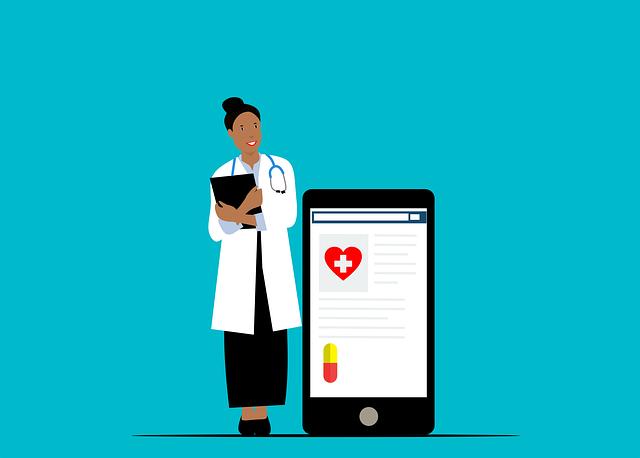
Unlocking the Benefits of Automation for Medical Practices
Automation can revolutionize how a medical practice runs. From increased efficiency to better patient experiences, there are many advantages to incorporating automation processes into your practice. Let’s explore how automation can benefit your medical practice and how you can get started.
Table of Content
What is Automation?
Automation is a process that uses technology-based systems—like computers, robots, machine learning, or AI—to automate tasks that once needed manual labor. Automated systems perform actions and procedures with minimal human intervention and can be used in almost any industry. In the world of healthcare, automation has been used to streamline everything from patient intake to billing and beyond.
Benefits of Automation in Healthcare
The benefits of using automation in a medical practice are numerous.
Billing
By implementing technology that streamlines billing and coding procedures, practitioners can significantly reduce the time and effort required to manage these aspects of their business. Automated billing processes also reduce the risk of errors, ensuring that clients are charged accurately and promptly. Additionally, automating your medical practice provides practitioners with a more comprehensive understanding of the financial health of their business, enabling them to make informed decisions about resource allocation and future expansion.
Scheduling
Integrating automated scheduling software can streamline the patient intake process and reduce wait times. This not only keeps your patients happy, but it also allows your staff to focus on other tasks, such as providing quality care. Additionally, automated scheduling reduces the likelihood of missed appointments, ultimately improving patient outcomes.
Faster Patient Results
ne of the most significant advantages of automation is the faster turnaround time for patient results. With automated systems in place, test results and medical records can be found and processed within seconds, as opposed to days or even weeks with traditional paper-based methods. This not only speeds up the diagnosis and treatment process but also improves patient satisfaction and loyalty, as they are getting the care and attention they need efficiently. Additionally, automating your medical practice can reduce the workload on staff, allowing them more time to focus on patient care and other vital tasks.
How to Get Started
Getting started with automation doesn’t need to be an overwhelming process; in fact, automating just one aspect of your medical practice’s operations can make a huge difference right away. For example, if your practice’s appointment scheduling system is currently manual (i.e., done by phone or over email), switching to an automated system could save you time and energy while also making it easier for patients to book appointments online whenever it suits them best. Once you have implemented one automated system successfully, you will likely find it easier (and more rewarding!) to implement others as well!
Automating certain aspects of your medical practice can offer numerous benefits for both staff members and patients alike. From cutting down on paperwork and eliminating errors caused by manual labor to improving patient satisfaction scores through reduced wait times, there are plenty of reasons why you should consider adding some automation processes into your workflow today! With the right tools and support network in place, automating certain areas of your practice will become easier than ever before – so don’t delay – start exploring all the ways that automation could benefit you today!


